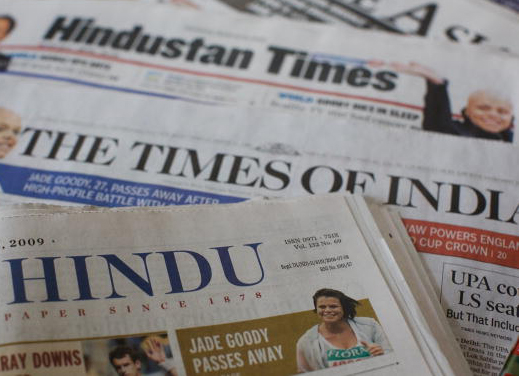
Gold importers charge a premium
It isn't just the higher customs duty on gold which is pushing up jewellery costs. The government's move to restrict import of the yellow metal has resulted in a windfall for the designated importers such public sector companies and banks, which have now begun charging a premium, giving jewellers reason to seek higher prices from you. While the total duties on gold add up to 11.5%, some of the importers such as MMTC are charging an equal amount of premium to cash in on the near monopoly rights vested with them, in what is seen as a throwback to the days of licence permit raj. Market sources said, MMTC is charging a premium of around $125 an ounce, which works out to around 10.5% of the international price of around $1,200 an ounce. The government had clamped down on gold imports to deal with the widening current account deficit, and has now allowed only a handful of agencies to import gold and sell to local players. But even this comes with the stipulation that only those players will be allowed to import who are willing to export at least 20% of the imported yellow metal.
(Source: Economic Times)
Power trading set to get a boost as India gets a national grid
In what may give a big boost to power trading business in the country, India has finally connected the southern region with rest of the country for unhindered electricity flow, achieving the goal of a national grid after a long wait. The national grid will help southern states, especially Andhra Pradesh, Tamil Nadu and Kerala, which are facing huge shortages, lift surplus power from other regions. In the absence of a national grid, these states were paying exorbitantly high prices for buying electricity from the open market because of uncertainty about power evacuation due to congestion in the transmission network. The Indian power system is operating through five regional grids and a Pan-India synchronous grid was envisaged for optimal utilisation of the generation resources in the country. Till now, four regional grids -- northern, eastern, western and north-eastern -- were connected synchronously and the southern region was connected to the other four grids via HVDC links.
(Source: Financial Express)
American start-ups take root in India
India has built a reputation as a notoriously tough place to do business, one that has stymied even giants like Walmart. And, unlike Silicon Valley, where a decent idea can attract funding, investors in India are much more reluctant to risk their money on start-ups.Despite such challenges, some American technology entrepreneurs are seeking to pursue the country's untapped opportunities, even without the clout of a multinational corporation backing them. Peter Frykman, 30, of Palos Verdes, California, found his network of support at Stanford University, where he was a doctoral student in mechanical engineering. With the help of an angel investor in the US, he created a pilot study in Tamil Nadu in 2008 for his agricultural start-up, Driptech, which makes affordable, efficient irrigation systems for small-plot farmers.India is home to many of the largest outsourcing consulting firms, and tech-oriented cities like Bangalore have attracted global technology giants like Microsoft. But attracting American-style entrepreneurism here has happened in fits and starts. Some 42 venture capital firms based in the US, however, have either opened offices in India or opened Indian units since 2006, according to Venture Intelligence. Despite the challenges, the sheer potential in a country of 1.2 billion people with a stable middle class is enough to tempt entrepreneurs and multinationals alike to explore opportunities.
(Source: Business Standard)
Be ready to pay more for ATM transactions this year
People might have to pay more for the transactions at automated teller machines (ATMs) in the new year. Bankers have proposed a reduction in the number of free ATM transaction a month to five — irrespective of whether you are transacting at ATMs of your own bank or those of other lenders. At present, there is no cap on free transactions at own-bank ATMs, while customers can use other banks’ machines up to five times a month without any extra cost. And, there’s more. Bankers have also proposed to a working group on ATM security that the rate for each ATM transaction (interchange fee or charge) be raised from Rs 15 to Rs 18. Interchange fee implies a charge paid by a bank to another for acceptance of card-based transactions. Usually, it’s a fee that a merchant’s bank (the ‘acquiring bank’) pays a customer’s bank (the ‘issuing bank’). The working group was set up to assess the cost implication of enhancing security at ATMs after the recent stabbing incident at a Corporation Bank ATM in Bangalore. Banks, under the Indian Banks’ Association (IBA), have been working to draft a common response to the challenge.Besides toning up physical security at ATMs, banks are working on steps like improving electronic surveillance, including remote monitoring. Some have also begun partial shutdown of ATMs at night in areas where usage is low. The ATM industry in India has grown at a compound annual rate of 26.8 per cent over the period between 2007-08 and 2012-13 — the number of ATM terminals reached nearly 114,000 in 2012-13. As at the end of October, the number of ATMs in the country stood at 137,000, while the requirement was assessed at 400,000.
(Source: Business Standard)
Economic Section
Royal Thai Embassy















